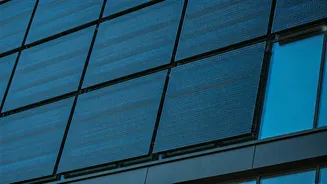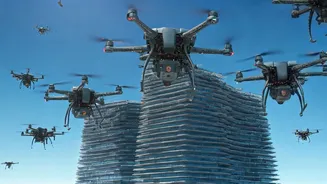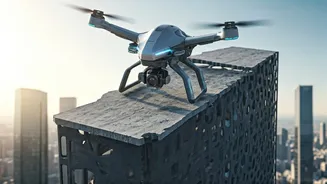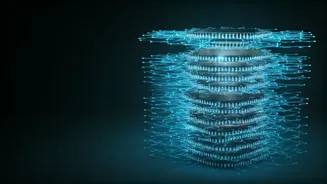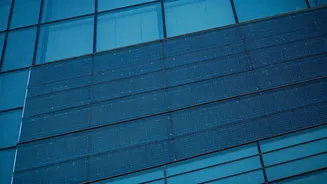Drones Take Flight
The field of construction has seen a remarkable innovation with the development of AI-driven drones capable of constructing mid-air structures. These advanced
drones, fueled by artificial intelligence, can autonomously assemble components, showcasing a paradigm shift from traditional building practices. This approach uses AI algorithms to manage intricate tasks such as navigation, material placement, and structural integrity, resulting in the creation of complex 3D forms without requiring ground support. The use of AI not only speeds up construction but also enhances precision, reduces the need for human intervention in risky tasks, and opens up new avenues for architectural design.
Success in Mid-Air
The success rate of the AI-powered drone building technique has been notably high, with projects achieving around 90 percent success. This high success rate indicates the efficacy of AI algorithms in handling real-time issues and the robustness of the system in various conditions. The AI system controls the movement of the drones, precisely positioning materials and assuring the structure's stability during construction. These achievements highlight how far AI technology has advanced, allowing it to take on complex tasks traditionally done by humans. The precision and automation provided by these drones increase productivity and lower the possibility of errors.
Building Implications
This revolutionary technology has wide-ranging implications for the future of construction. It opens doors to build in difficult-to-access areas and decreases reliance on conventional construction methods. With the help of AI-powered drones, building times may be dramatically shortened, project costs lowered, and architectural designs can become more innovative. The system's use could also improve safety on building sites by decreasing the need for human personnel in risky jobs. Overall, this technology has the potential to transform not just the construction industry but also urban planning and infrastructure development, creating a more sustainable and efficient building environment.


